Podcast #21: PRI for Meatheads with Kyle Dobbs
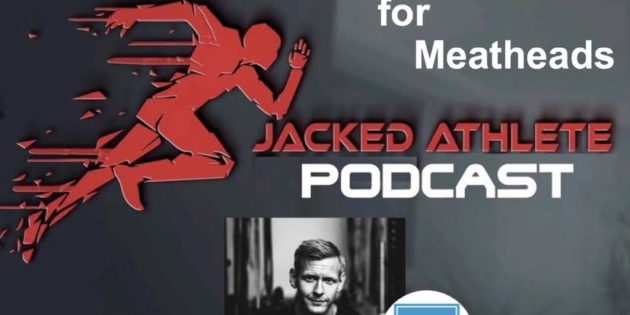
https://traffic.libsyn.com/secure/jackedathlete/Kyle_Dobbs_Podcast_Complete.mp3 “If you’re not able to internally/externally rotate your femurs, pronate and supinate a foot… a lot of that load is gonna go to the actual knee.” More stacked ribcage/pelvis and better respiration mechanics caused: Different muscular integration and Change to how joints move (potentially take pressure off of them) “I look at PRI as…
The Governing Dynamics of Coaching: 10 Takeaways
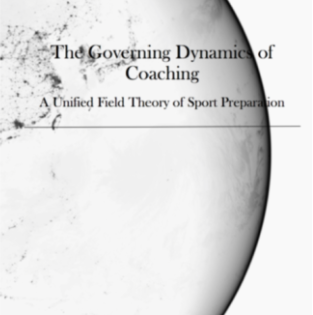
From James Smith’s book: 1) What is the education of sport? “all attorneys graduated from law school, all medical doctors graduated from medical school and all sport coaches…” 2) Strength coaches and sport specialists are not educated on sport “the cirricula (exercise science/physiology) designed to educated aspiring coaches in physical preparation are fundamentally flawed precisely…
Podcast #20: Christian Thibaudeau on Muscle Gain & Athletic Performance
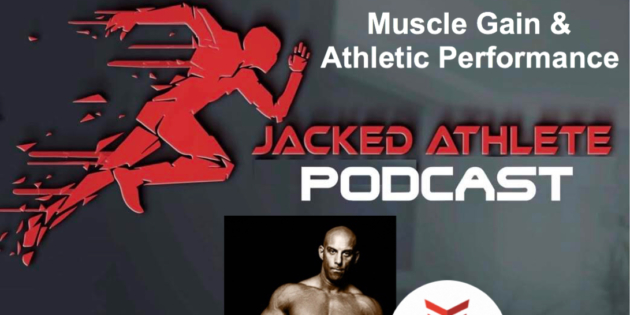
http://directory.libsyn.com/episode/index/id/14190929 “Most people who train naturally will never develop the amount of muscle mass that can actually make them slower from a pennation angle standpoint.” “If you want to be more explosive, stronger, more agile, but you want to be more muscular. You need to take out that metabolic aspect… the type of training that…
Podcast #19: Dr. Tommy John on Isometrics
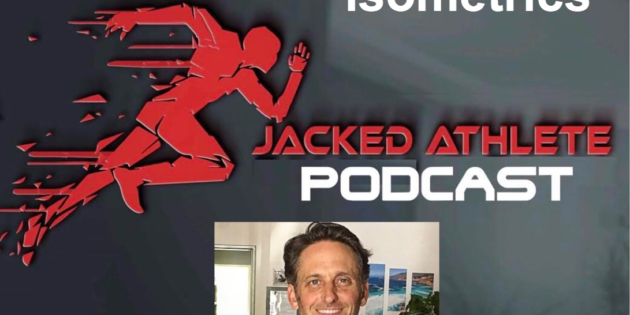
http://directory.libsyn.com/episode/index/id/14113919 Single-leg Stand: “Anybody 13+ should be able to get 3 minutes minimum.” Huge red flag: Foot, arch, ankle, calf, Achilles… that should never fatigue before the hips… the tires are bald and failing… the hips should come well before the foot ever comes in. “The test is the solution and the solution is the…
Podcast #18: David Grey
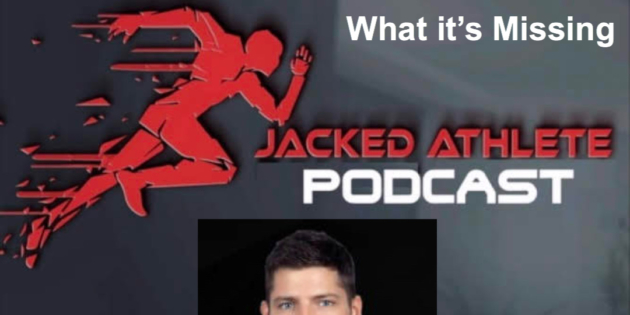
http://traffic.libsyn.com/jackedathlete/David_Grey_Podcast_MP3.mp3 “Can we get everything to do its own job… so no area is being overloaded.” “If I have an Achilles Tendinopathy, and I just do calf raises, then the presumption then is: I have an Achilles Tendinopathy because my calves are weak.” “It doesn’t make sense for someone to say ‘You have a weak…
Podcast #17: Chad Cilli
ATHLETIC PERFORMANCE “For every example of someone you can give me that has a huge back squat and they sprint well… I can come up with examples of people who don’t back squat well and are still fast as hell.” Ben Johnson vs. Usain Bolt. Larry Fitzgerald vs. Bo Jackson. Reverse Relationships. “Weightlifters have incredible…
10 Things I Learned at Rewire
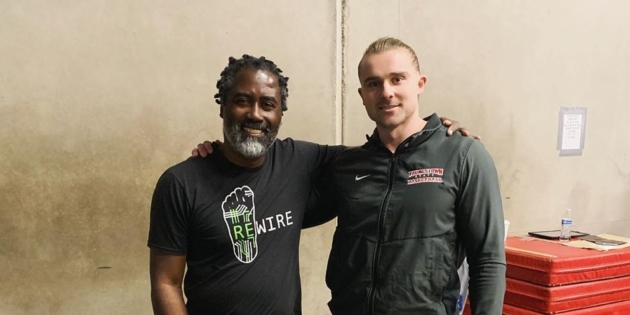
1) Everything starts with your individual athletic posture. Xyphoid forward, squat down until heels want to come up. That is your athletic posture.2) Stop trying to increase your ankle dorsiflexion range. The Achilles has two functions: Store-and-release energy and yield. When you crank on the Achilles, it is yielding. When you play sport, it needs…
An Evolutionary Approach to Training

By: Paul DeGregorio Human First “Is what I’m doing what I was designed to do?” Have you ever wondered that? With modern-day amenities and rapid lifestyle changes, have we forgotten what our bodies were made to do? Millions of years of evolutionary culling has produced a body finely tuned to outcompete every animal on the…
Podcast #16: Adam Menner + Q&A
http://traffic.libsyn.com/jackedathlete/Adam_Menner_Pod_COMPLETE.mp3 Making a Pyramid: Base (Movement and Aerobic Capacity), next Layer (Strength), next Layer (Running Mechanics), top (Power, Speed variations) “If your argument is: They need to get stronger… but if they’re sprinting 15 and 20 meters progressively, their bodies are handling as much strength as possible.” “Sprinting is the hierarchy of athletic development… it’s…
Podcast #15: Ben Patrick (Knees Over Toes Guy)
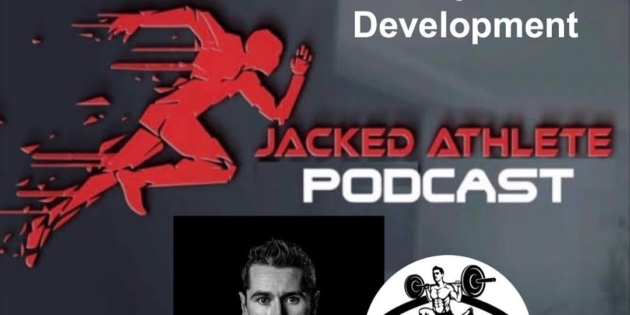
http://traffic.libsyn.com/jackedathlete/KOT_Podcast_FInished.mp3 “If you jack up your tibialis, VMOs, hamstrings… your knees are gonna be a lot more protected for basketball.” “Weak knees don’t come from weak hips. They come from too strong of hips relative to how strong your knees are.” Knee Strength Measure: ATG-style Split Squat. Hamstring cover the calves without the back knee…


